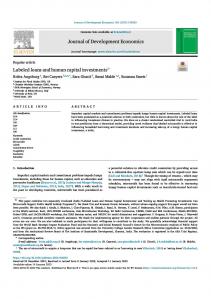Despite overall job vacancies climbing above pre-pandemic levels:
- For about a quarter of the workforce (8 million people), vacancies in occupations relevant to them remain at least 10% below pre-pandemic levels.
- The surge in total vacancies has in fact been driven entirely by low-paying occupations, in which new job openings are around 20% higher than pre-pandemic. Vacancies in mid- and high-paying occupations are still no higher than pre-pandemic.
- The outlook for jobseekers is tougher still when you account for the fact that there are more people looking for new work and hence competing for these vacancies. We estimate that two-thirds of unemployed jobseekers are from occupations in which the competition for jobs is at least 10% higher than it was prior to the pandemic.
These are among the findings of new IFS research, published today and funded by the Economic and Social Research Council. The research uses data on workers and jobseekers from the Labour Force Survey, and online job vacancy data from Adzuna, up to and including June 2021.
Xiaowei Xu, a Senior Research Economist at IFS and an author of the report, said:
‘While prominent stories about rising vacancies and labour shortages in certain areas are real, we should not be misled into thinking that worker power is back. The surge in aggregate vacancies in recent months has been driven by a small set of relatively modestly-paid occupations. For people in many lines of work, new job opportunities remain well below their pre-pandemic level. And it is not just the number of job openings that matters, but how many people are competing for them. After all the disruption of the past year, there are more people looking for work than before. Most jobseekers will therefore find job competition to be unusually stiff.'














